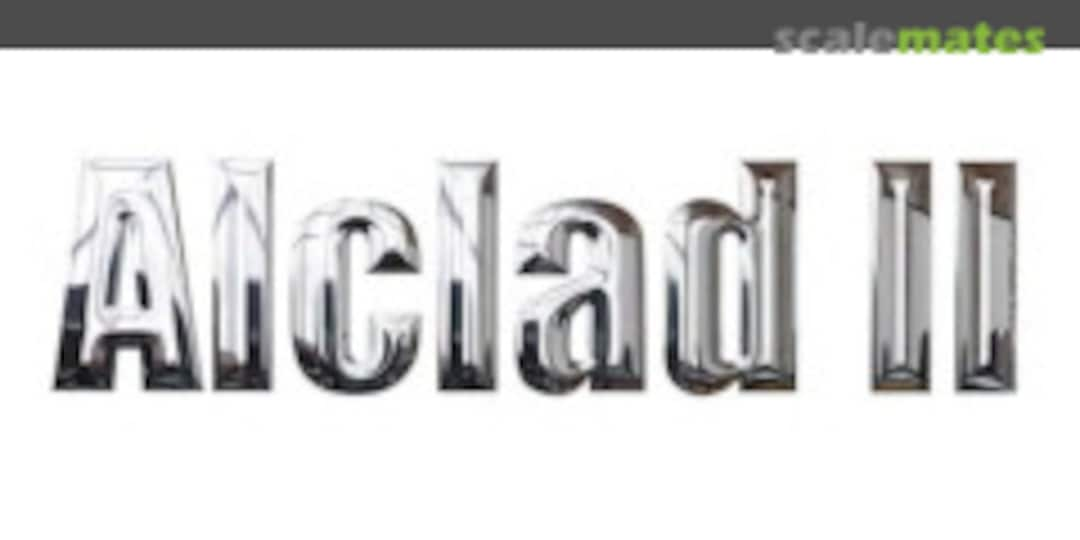NF-104A Aerospace Trainer (AST) USAF 56-0762 1963
The Right Stuff
- Scale:
- 1:48
- Status:
- Ideas
Lockheed was awarded a contract by the USAF to modify three F-104A aircraft for the dedicated role of aerospace trainer (AST) in 1962. The airframes were taken out of storage at AMARC and transported to the company factory for modification. For the AST project, emphasis was placed on removing unnecessary equipment, fitting a rocket engine to supplement the existing jet engine, fitting an onboard RCS system and improving the instrumentation required. The wingspan of the NF-104A was increased by the addition of wingtip extensions. This modification was needed to house the RCS roll control thrusters and would also decrease the type's wing loading. The vertical fin and rudder were replaced by the larger area versions from the two-seat F-104 and were structurally modified to allow installation of the rocket engine. The fiberglass nose radome was replaced with an aluminum skin and housed the pitch and yaw RCS thrusters. The air intakes originally designed by Ben Rich were of the same fixed geometry as the F-104A, but included extensions to the inlet shock cones for optimum jet engine operation at higher Mach numbers. Internal fuselage differences included provision for rocket fuel oxidizer tanks, deletion of the M61 Vulcan cannon, radar equipment and unnecessary avionics. A nitrogen tank was installed for cabin pressurization purposes. This was required as there would be no bleed air available from the engine after its normal and expected cutoff in the climb phase. In addition to the standard General Electric J79 jet engine, a Rocketdyne AR2-3 rocket engine was fitted at the base of the vertical fin. This engine burned a mixture of JP-4 jet fuel and 90% hydrogen peroxide oxidizer solution. The NF-104 carried enough oxidizer for approximately 100 seconds of rocket engine operation. The thrust level could be adjusted to maximum or approximately half power by the pilot using an additional throttle lever on the left side of the cockpit. The Reaction Control System (RCS) consisted of eight pitch/yaw thrusters (four for each axis) and four roll thrusters. They used the same kind of hydrogen peroxide fuel as the main rocket engine from a dedicated 155 lb (70 kg) fuel tank and were controlled by the pilot using a handle mounted in the instrument panel. The pitch/yaw thrusters were rated at 113 lbf (500 N) thrust each and the roll thrusters were rated at 43 lbf (190 N) thrust.
The first NF-104A (USAF 56-0756) was accepted by the USAF on 1 October 1963. It quickly established a new unofficial altitude record of 118,860 feet (36,230 m) and surpassed this on 6 December 1963 by achieving an altitude of 120,800 feet (36,800 m). It suffered an inflight rocket motor explosion in June 1971. Although the pilot was able to land safely, the damaged aircraft was retired and marked the end of the NF-104 project. This aircraft was reported as scrapped.
The second NF-104A (USAF 56-0760) was accepted by the USAF on 26 October 1963. After retirement, this aircraft was mounted on a pole outside the U.S. Air Force Test Pilot School at Edwards Air Force Base and can still be seen there today.
The third NF-104A (USAF 56-0762) was delivered to the USAF on 1 November 1963, and was destroyed in a crash while being piloted by Chuck Yeager on 10 December 1963. This accident was depicted in the book Yeager: An Autobiography, the book The Right Stuff and the film of the same name. The aircraft used for filming was a standard F-104G flying with its wingtip fuel tanks removed, but otherwise lacked any of the NF-104A's modifications, most visibly the angled-up rocket engine at the base of the vertical stabilizer.
Project inventory
Full kits
Detail and Conversion sets


Decals













